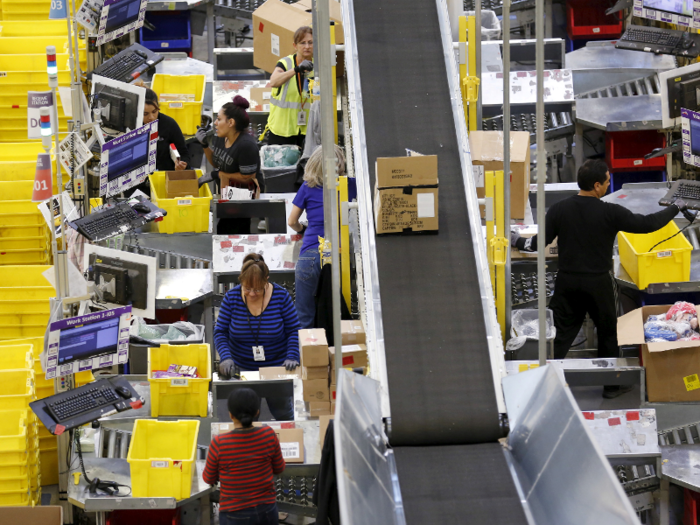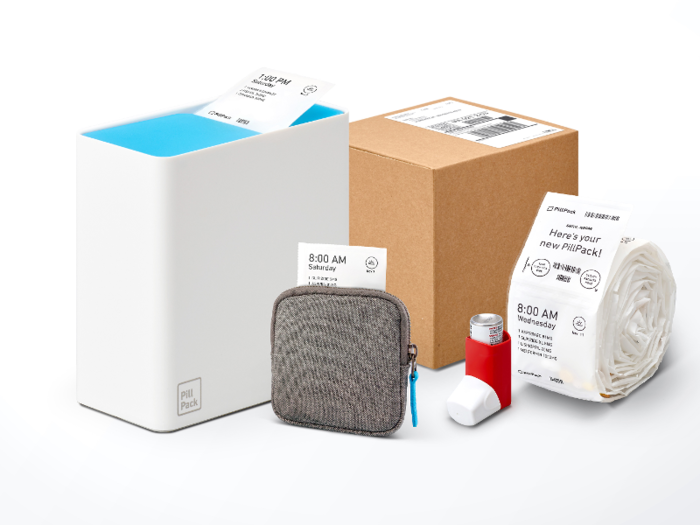- Home
- slideshows
- miscellaneous
- The 2010s were the decade Amazon took over the world. Here's how the company grew its business tenfold in the past 10 years.
The 2010s were the decade Amazon took over the world. Here's how the company grew its business tenfold in the past 10 years.
In the past decade, Amazon massively bulked up its global presence.

Amazon invested heavily in its web services subsidiary, becoming a cloud computing juggernaut.

Amazon deployed Alexa in 2014, and the software has helped the company woo new users with convenience and synergy.

Amazon's line of Echo devices, which are powered by Alexa, is now the most-used line of smart speakers with 61% of the US market share.
Amazon's core retail business continued to grow — in 2015, Amazon surpassed Walmart as the largest retailer in the US.

Source: The New York Times
Amazon bulked up its entertainment operations in the past decade, pouring more money into Prime Video and acquiring Twitch in 2015.

Prime Video, which was founded in 2006 as a rental service, bulked up its original programming beginning in 2012 to compete with streaming services like Netflix and Hulu.
Meanwhile, Amazon's acquisition of Twitch lent it even more dominance in the realm of gaming entertainment.
Amazon also beefed up its brick-and-mortar presence by acquiring Whole Foods in 2017 for $13.7 billion.

Source: CNBC
In 2018, the company acquired smart doorbell maker Ring for $1 billion, stepping into the home security market and gaining a leg up on smart-home tech.

Amazon's acquisition of Ring demonstrated the company's dominance at fusing tech and retail.
As Amazon expanded into new markets, the size of its workforce swelled — it went from 33,700 employees in 2010 to 647,500 employees in 2018.

As the decade drew to a close, Amazon signaled that it will begin expanding into a new field: healthcare.

Amazon acquired health startups PillPack in 2018 and Health Navigator in 2019. It has incorporated both into its new pilot healthcare program, Amazon Care, which is currently only open to its own employees but may be expanded in the future.
Amazon consistently attributes its success to one focus: an "obsession" with customer satisfaction.

Despite repeated controversies throughout the past decade, Amazon remains relatively well-liked by the general public, due in part to its dedication to increasing customer convenience in order to drive revenue. So far, the strategy has paid off.
Popular Right Now
Advertisement